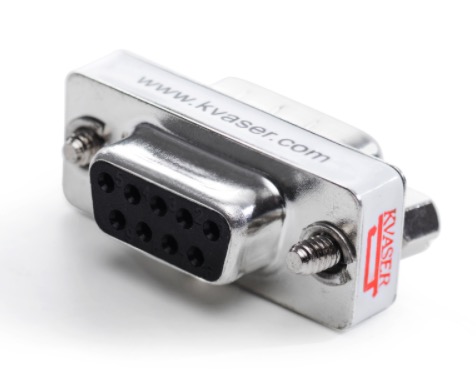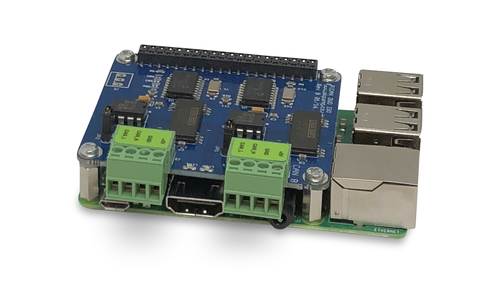Recent Posts
CAN Bus Termination Adapter Suitable For CAN Bus Interfaces With D-SUB9 Connector
Posted by on
The image below demonstrates a sample CAN Bus network. Two wires, CAN_H and CAN_L, connect all nodes, and the bus line is terminated by resistors, which are typically 120 Ω and are necessary to suppress any electrical reflections on the bus.

According to ISO 11898-2, the termination resistor should be in the range of 100…130 Ω but should typically be at 120 Ω, with a minimum power dissipation of 220 mWatts.
The Kvaser D-Sub 9 pin 120 Ohm termination adapter is a CAN Bus adaptor with a 9-pin male D-Sub connector at one end and a 9-pin female D-Sub socket at the other.
Between CAN High (pin 7) and CAN Low (pin 2), there is a built-in 120 Ohm CAN Bus termination resistor.
This adapter provides a quick and easy termination for many CAN Bus products available in the market.
The Kvaser CAN Bus termination adapter applies when there is a requirement to terminate a CAN Bus node without internal termination or when there is no CAN Bus node in the network.
Raspberry Pi 3 B+ System With Dual Isolated CAN Bus Interface
Our Raspberry Pi 3 System With CAN Bus Interface (PiCAN2) comes with a pre-installed Raspbian operating system. This PiCAN2 DUO ISO board provides two independent isolated CAN-Bus channels for the Raspberry Pi. It uses the Microchip MCP2515 CAN Bus controller in combination with the Texas Instruments ISO1050 isolated CAN Bus transceiver. The connection is available via 4-way screw terminal plugs. There is an easy-to-install SocketCAN driver, allowing the programming using C or Python.
 Loading... Please wait...
Loading... Please wait...


